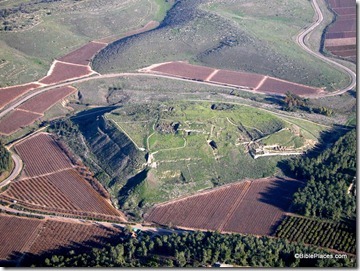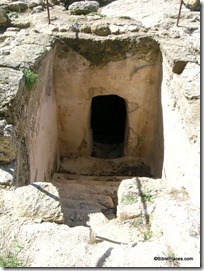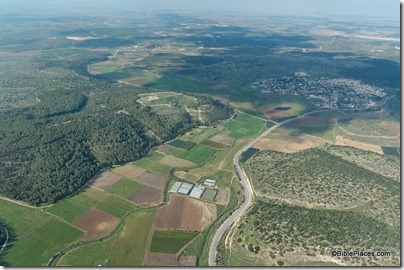In February 2010, Israel’s prime minister announced a $135 million plan to restore 150 historic sites throughout Israel. Now, two years later, Haaretz reports on the progress (or lack thereof) in implementing the measure.
The article is largely the result of an interview with the head of the national heritage department in the Prime Minister’s office. Reuven Pinsky says that much planning has been done and by the end of the six-year timetable, two-thirds of the projects will be completed, including 70 large or medium-sized sites and 100 small ones. A full list of sites is not given, but some projects are mentioned.
Other sites included on the list include the Tel Lachish archaeology site in the Negev (where a visitors’ center is to be built); Metzudat Koah (a fortress, also known as the Nebi Yusha police station); Herodion near Gush Etzion, where King Herod’s tomb is located; Gamla and the ancient synagogue in Umm el-Kanatir in the Golan Heights; Tel Arad; the old train station at Tzemah; Hatzer Kinneret and so on.
Lachish, a site not in the Negev but in the Shephelah of Judah, could certainly benefit from a visitor’s center as well as some restoration work on the ruins. When encountering a group of tour guides in training at the tell last month, I mused that this would probably be the last time they ever visited the
site.
The article discusses some political angles and notes that many of the sites proposed for renovation have not yet been approved.
As to which sites are closest to his heart, he refuses at first to say, but later mentions three: Tel Aviv’s Independence Hall, the Umm al Kanatir Synagogue in the Golan, and the archaeological project underway in the heart of Modi’in Ilit. He says dealing with the latter site is like “reinventing the wheel,” because it involves a combination of archaeological excavations and dealing with a Haredi population.
The full article is here.



